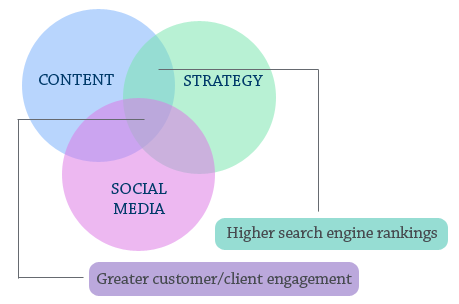
Has your search traffic been hit by the latest Google Penguin update? Many websites have taken a hit and according to the various search engine forums, people are even considering layoffs.
That’s pretty serious.
Are these businesses asking for it? Why depend solely on a search engine for your business?
Anyway, that’s not the main problem. There ARE some businesses that invest heavily into getting targeted search engine traffic and there is nothing wrong in that. So if your website depends on Google traffic, how do you make it Google-updates-proof?
What exactly are Google updates?
On and often Google changes its ranking algorithm to, according to its decision-makers and search engineers at least, provide better results to its users. Fair enough. Google is a company and it constantly has to strive to improve its user experience. So they are better judges of how they want to do it. If businesses depend on their algorithms, that’s that.
The recent Google update is called Penguin and I’m too lazy to figure out why it is called so but the main gist is many websites and blogs have lost their good Google rankings and consequently their traffic has nosedived.
Why does it happen? If all Google wants to do is index better content for its users, why some websites lose traffic?
There might be some genuine cases of grief as there is always some collateral damage when a change takes place for good or for bad, but in most of the cases the websites that lose traffic do so because they are solely generating content for that purpose.
When you generate your content to improve your search engine rankings without paying scant regard to its relevance and quality you are bound to create content according to the current algorithm. This is how it works:
- You figure out how some websites are getting better rankings by following certain practices
- You try to replicate those practices and experience good results
- You apply those practices throughout your business and feel very happy
This mostly happens by producing search engine optimized content. I myself have been providing search engine optimized content to my various clients. People also improve their search engine rankings by getting scores of inbound links but right now they are not the focus of my discussion. Since I provide content, my main focus is talking about Google updates vis-a-vis your content.
So when you produce and publish content just to improve your search engine rankings you are bound to be hit whenever Google changes its algorithm. This is because you and Google both are trying to outsmart each other all the time and since Google is a bigger player in this game, you are the one who is hit the most.
Here are a few things you can do to make your blog or website Google-updates-proof:
- Publish good quality content for the sake of publishing good quality content: The content that you publish on your website or blog should be targeted towards your visitors. It should provide value to your visitors. It should be well written. Even if you are using keywords important to your business, use them when you really need to use them. Don’t just cram your keywords into every page or blog post you publish.
Most of the websites that are hit by Google updates have inferior quality content (with a few exceptions that are termed as “collateral damage”). Since when you produce and publish content just to please search engines, consciously or unconsciously you customize your content according to their current algorithms. So naturally when these algorithms change, you lose your advantage.
On the other hand from the beginning itself if you focus on your readers and if your content is ranked well for its quality it is never going to lose its position (again, with a few exceptions). Producing and publishing quality content takes time and a little bit of money (if you hire a content writer or a blog writer), but it is a lot better than completely going off the search engines radar due to a few algorithm changes.
- Don’t just depend on Google and other search engines: There are many ways these days you can generate quality traffic to your website. It’s just a matter of changing your mindset. For instance, have you built a noticeable presence on social media platforms like Facebook, Twitter, Tumblr and YouTube? In fact there are many businesses that have bypassed the search engines and are still doing better than those depending on search engine traffic.
Aside from social media and social networking websites you can also get inbound links from quality websites. Of course, you should also go for paid links if you are not worried about losing your rankings on Google. But a better way would be to write guest articles and guest blog posts on trusted and quality blogs and websites to not only expand your presence but also get quality inbound links.
- Build a mailing list: E-mail marketing still rocks no matter how much it is maligned by spammers. Build a double opt in e-mail list for yourself so that you can send routing updates to your subscribers. In fact it can be one of the most potent tools in your kitty once you have spent ample amount of time building your list. There are many ways you can build your list but this deserves a different blog post.
- Have a business blog: It is surprising to know that there are still many businesses who don’t have a blog. A blog doesn’t just attract quality traffic from search engines it is also a good source for repeat traffic. It builds your brand. It helps to establish yourself as an authority. As a brand you can create a vibrant community using its comments section. Simply by becoming an important part of various blogging networks and communities you can get an uninterrupted stream of traffic without having to worry about Google and other search engines.
The main point is, don’t just depend on Google for sustainable business especially these days when multiple tools are available to you. It just doesn’t make sense.

